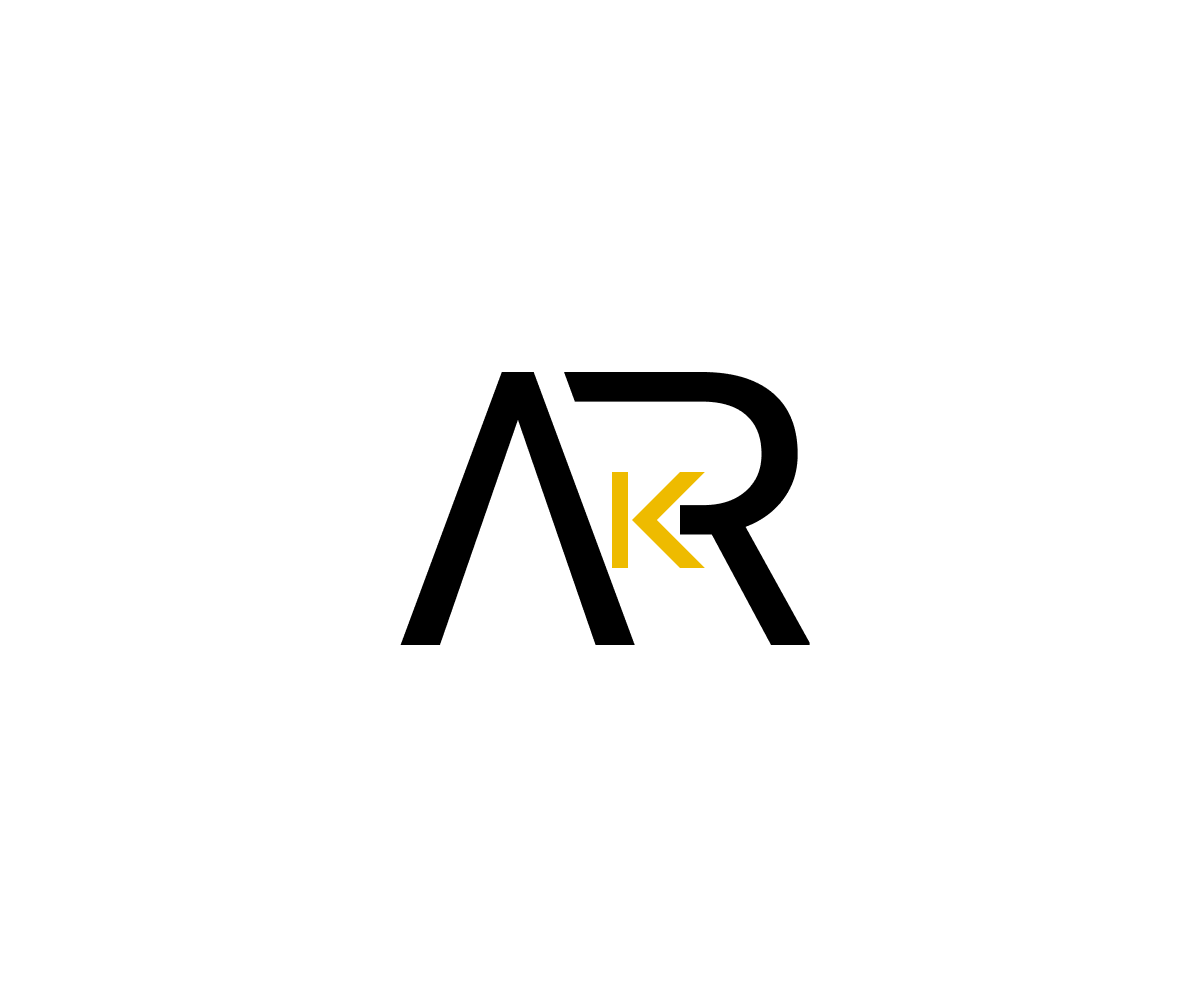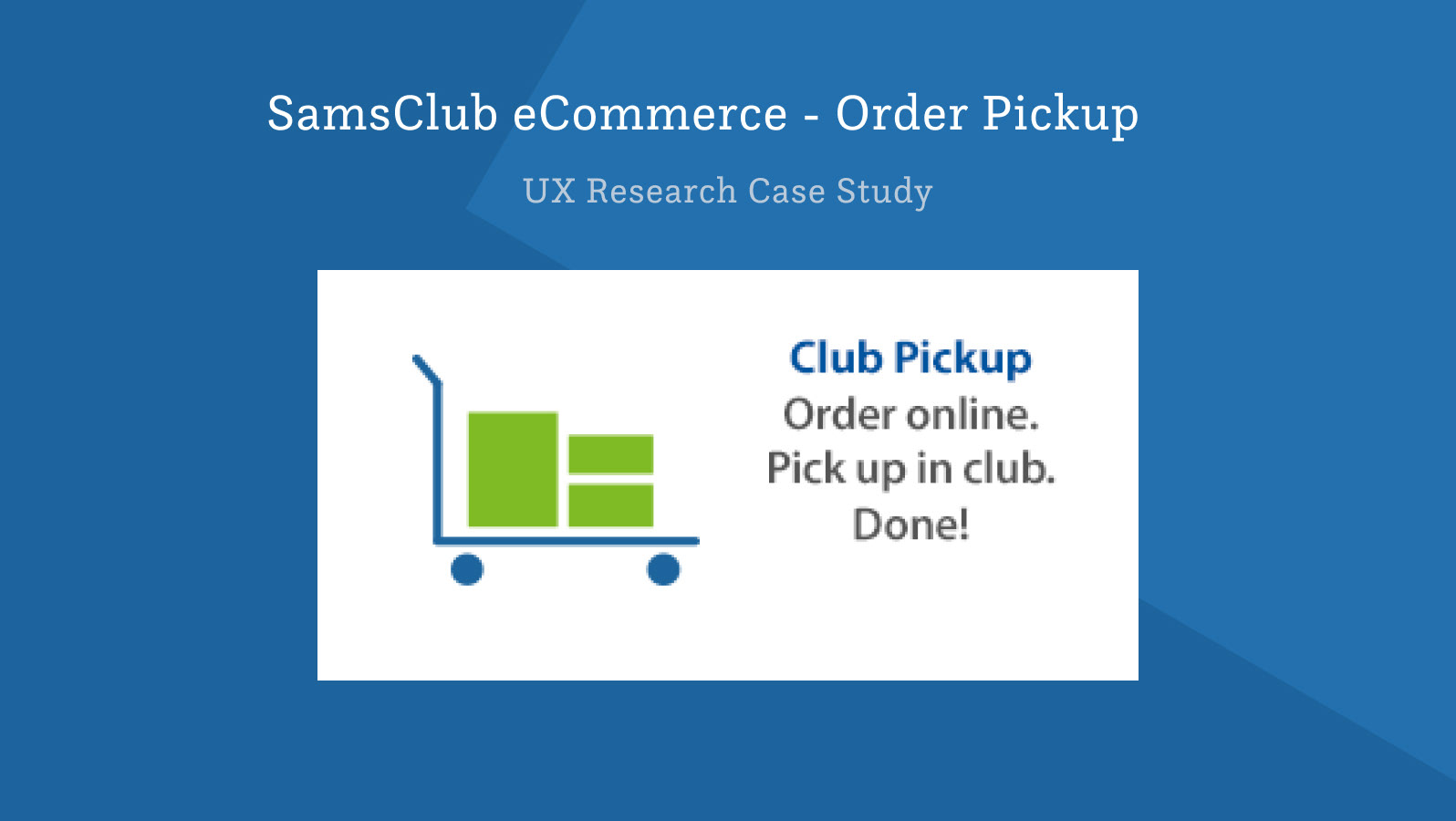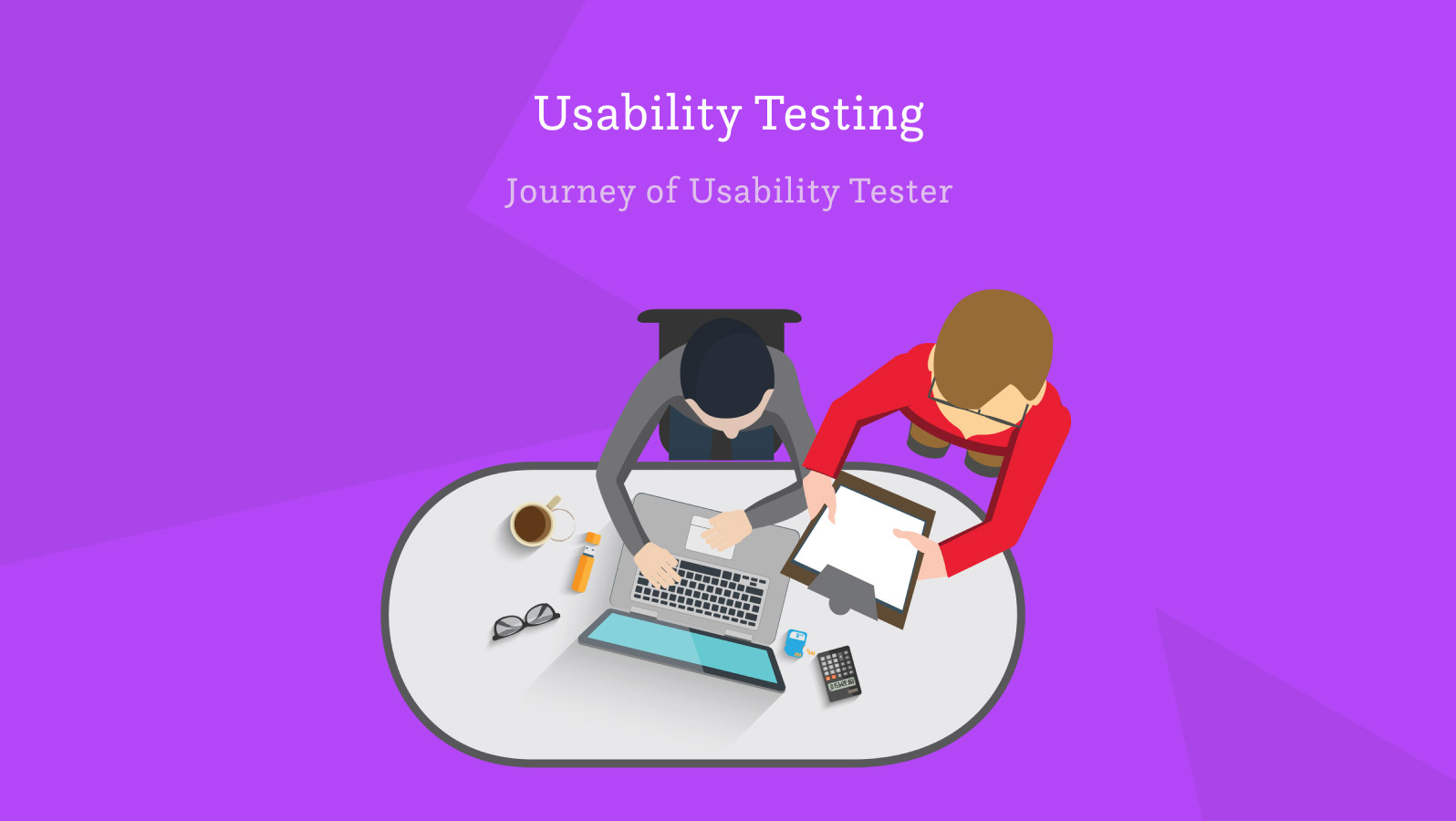WHAT IS USER RESEARCH?
It is a systematic study of your USERS to gather insights that will drive and inform your UI/UX design decisions.
Identify your research goals:
This is the first and most important step in any user research study.
To identify research goals, consider:
1. What do I want to know? - This is the core question, and will be further refined into specific, actionable, and practical research questions.
2. What don’t I know? - Identify knowledge gaps and limitations early, so you can aim to correct for them.
3. How will I know when I’ve learned it? - What must be true in order for this research to be considered “done”?
4. What company goals will this work support? - It’s always a good idea to be familiar with your organization’s business model and key performance metrics.
5. Where am I in the product development process? - Your research goals will look different depending on whether you’re in the discovery, validation and testing, launch, or ongoing listening phase.
6. What decision will this research enable? - How will stakeholders act on the information you learn through your research?
7. What are the anticipated outcomes of this research? - What would success look like for you?
1. What do I want to know? - This is the core question, and will be further refined into specific, actionable, and practical research questions.
2. What don’t I know? - Identify knowledge gaps and limitations early, so you can aim to correct for them.
3. How will I know when I’ve learned it? - What must be true in order for this research to be considered “done”?
4. What company goals will this work support? - It’s always a good idea to be familiar with your organization’s business model and key performance metrics.
5. Where am I in the product development process? - Your research goals will look different depending on whether you’re in the discovery, validation and testing, launch, or ongoing listening phase.
6. What decision will this research enable? - How will stakeholders act on the information you learn through your research?
7. What are the anticipated outcomes of this research? - What would success look like for you?
Once I determine research is, in fact, needed around a particular area, I’ll involve my team by hosting a brainstorm session where we start to tease apart facts, opinions & guesses related to the research area. This helps us to think holistically about any existing research we can use and gives us a chance to think broadly about the problem space before jumping into a specific method.
Conduct stakeholder interviews:
Your stakeholders are people who have a vested interest in the outcomes of your research. There are external stakeholders (your users, customers) and internal stakeholders (your boss, the product design team, clients if you work at agency). Once you identify your stakeholders, identify the interview questions, create Interview guide and conduct the research. Finally capture all the information from stakeholders.
Your stakeholders are people who have a vested interest in the outcomes of your research. There are external stakeholders (your users, customers) and internal stakeholders (your boss, the product design team, clients if you work at agency). Once you identify your stakeholders, identify the interview questions, create Interview guide and conduct the research. Finally capture all the information from stakeholders.
After understanding your goals and Stakeholder - It's time to understand your users. For which, we have different phases and multiple methods to conduct and the very beginning one is the "Discovery phase".
Different Methods of User Research:
Picture Courtesy: NN Group
Discovery phase
The discovery phase is a way to deal with the uncertainty that is inevitable at the onset of any project. To beat the uncertainty, desk research is conducted, qualitative interviews to collect and analyse information about the product, its audience, and intended market.
Discovery helps to clarify the goal and the direction of further movements. The assumptions(hypothesis) can be validated. It appears from the above that discovery research works especially well when done prior to design itself before efforts are wasted. But one can return to discovery research anytime you need to.
This phase is more to understand about the product bring into the market and collecting all the existing information about the users.
Methods: Requirement gathering, Stakeholder Interview, Desk Research, , Diary study, Field study.
Lab Phase:
During this phase of exploration, you dig deeper into the topic to understand the user better. Researchers list out the features needed for users and also compares it against competitors and detect their user experience shortcomings that need to rectify in the new product. Users are split into personas and build user flows to define risky areas for losing customers along the way. Also, analysis on user tasks conducted to find ways to save their time and effort with the right design decisions.
This research phase overlaps with low fi design phase. Whenever it is needed to validate design assumption, one of the exploring methods is used to do so.
Methods: Competitor Analysis, User Interviews, Card Sorting, Persona Creation, Defining User flow, Feature list creation, Journey Mapping, Information Architecture, Low-fi designs.
Testing phase:
The research to ensure that the design is easy to use is mostly done as usability testing.
Nielsen Norman Group teaches that if one can do only one activity in an effort to improve an existing system, he should choose moderated usability testing, where the person interacts with the interface while continuously verbalising their thoughts as they move through the tasks.
Thinking aloud usability tests sound easy and cheap. We need to recruit representative users, give them tasks to perform, let them do the talking, and sit nearby absorbing the insights. Testing research happens repeatedly during the design process and beyond so that the team has time to make changes to the design if the test shows that such changes will benefit the product.
Methods: Heuristic Analysis, Prototyping, Usability Testing
Listening phase:
One can’t anticipate everything by testing UI interfaces on small samplings. Final and most reliable test team is your actual users. So after product is released, team should listen carefully to the user problems, successes, and frustrations, feedback. This observation may trigger a new circle of design and development changes called to improve the user experience even more.
Methods: Surveys, Customer Show and Tell Sessions, Usability Bug Reviews etc.


